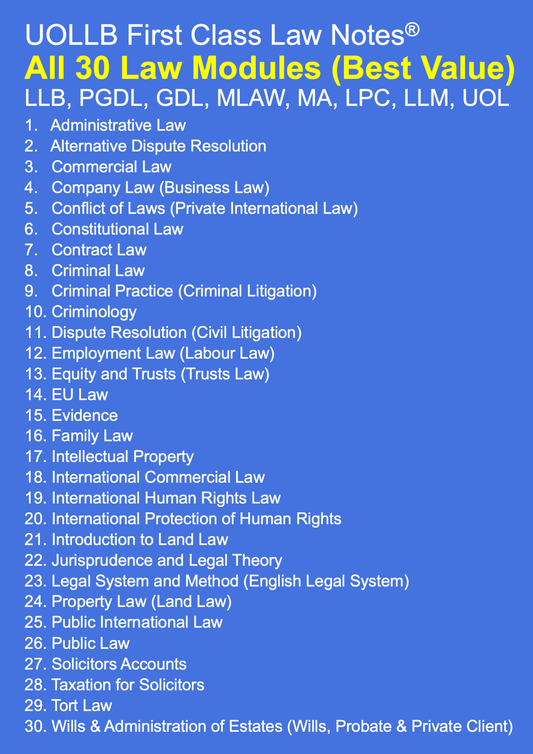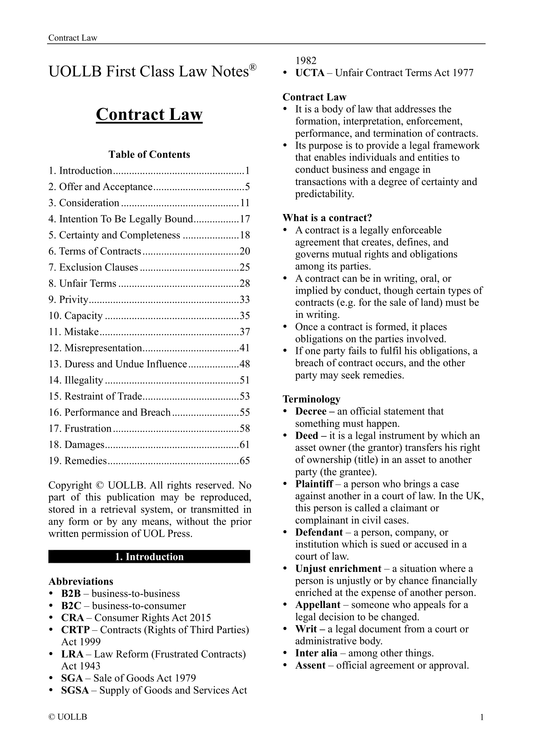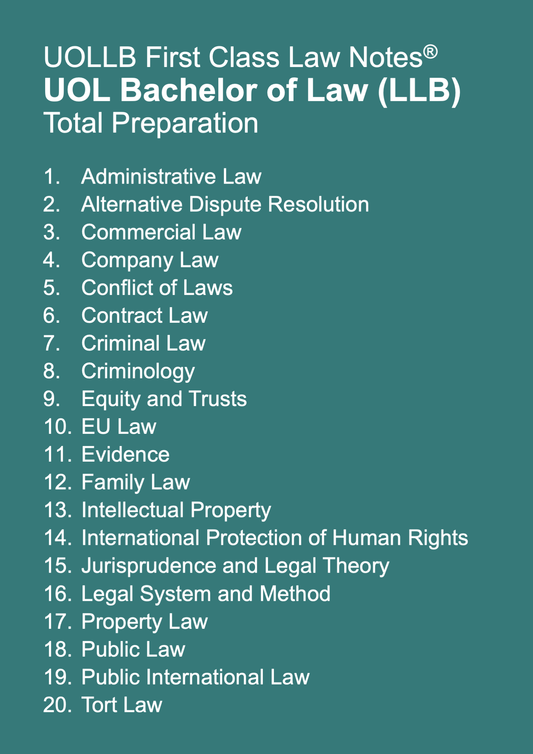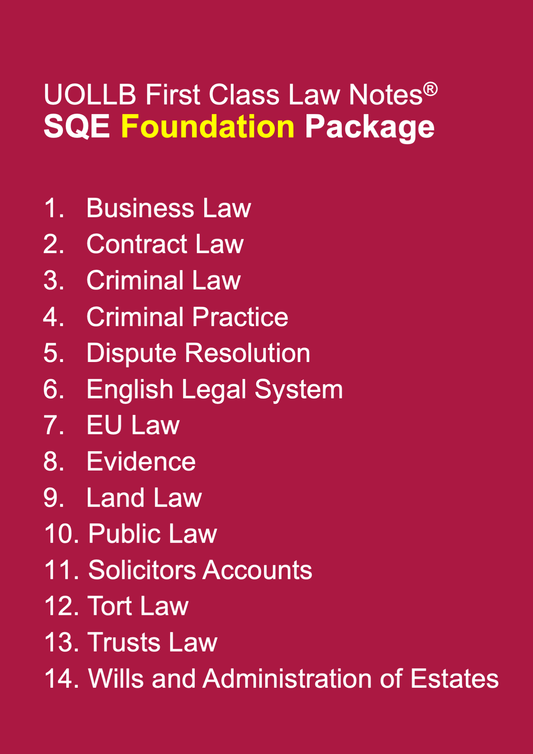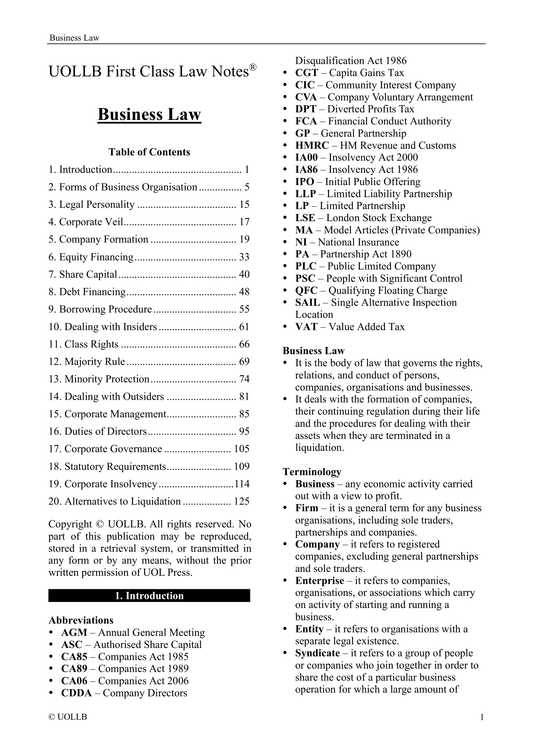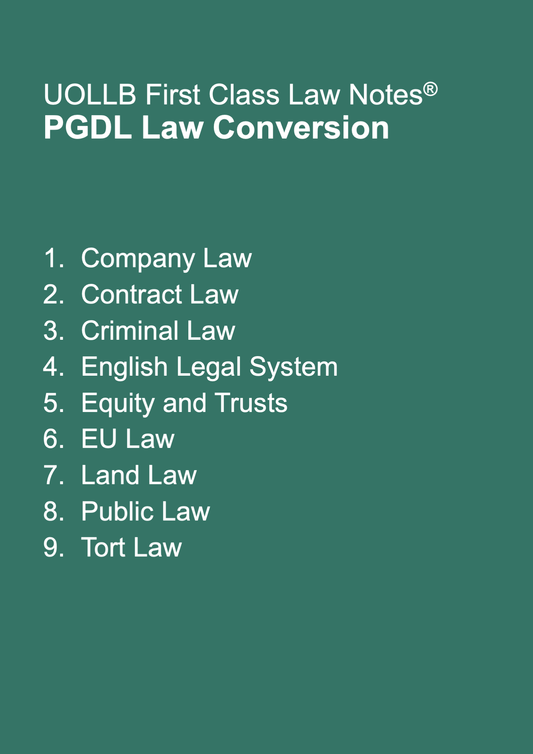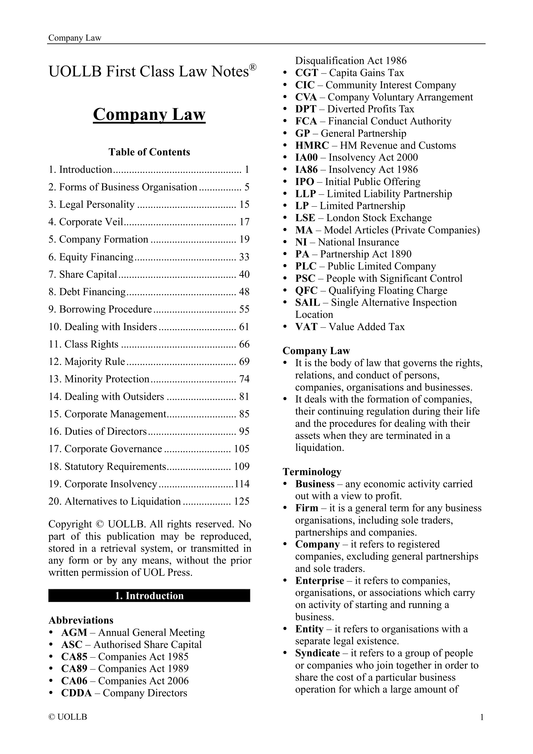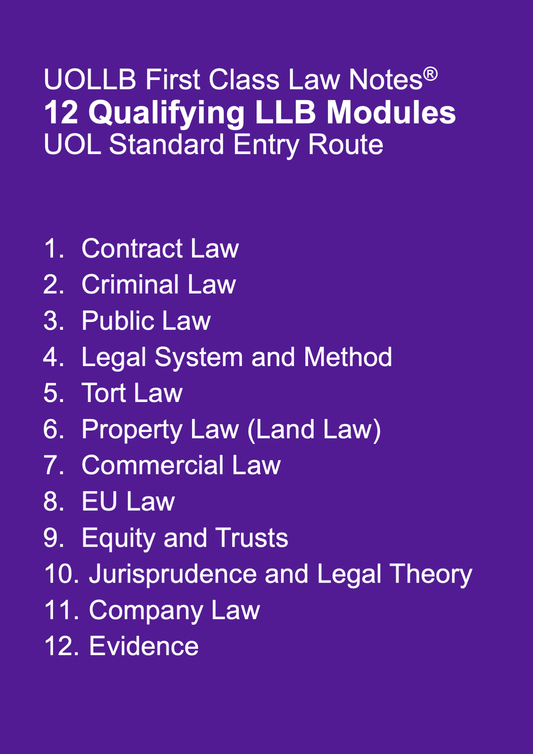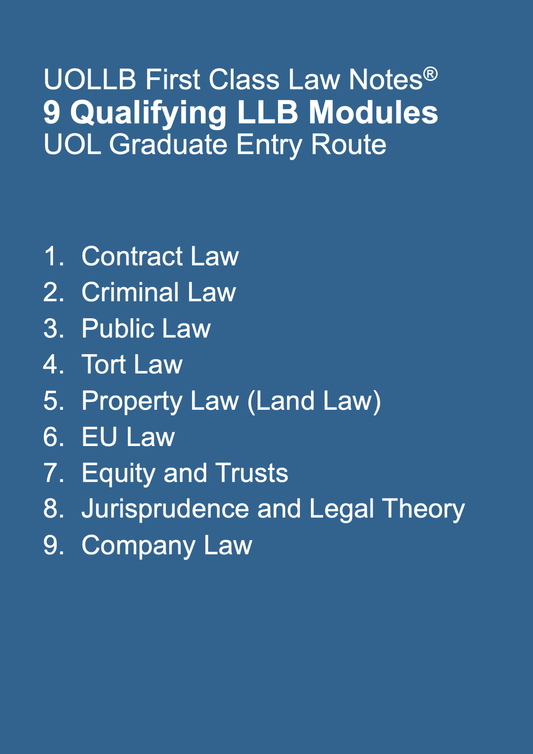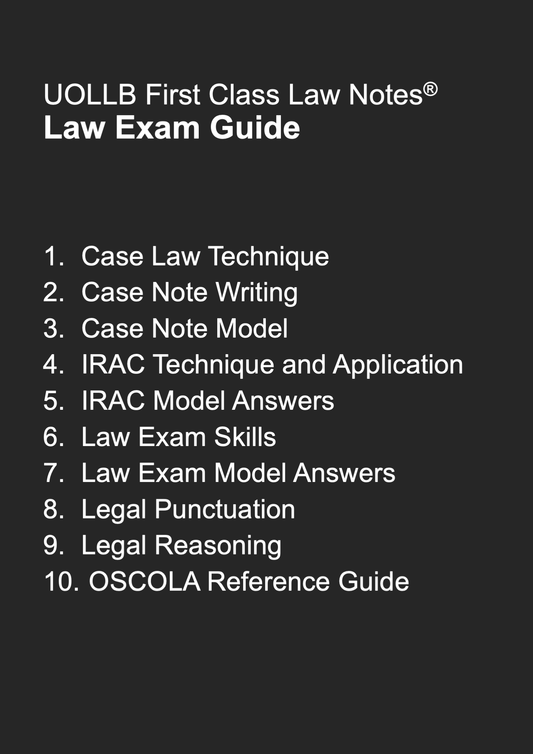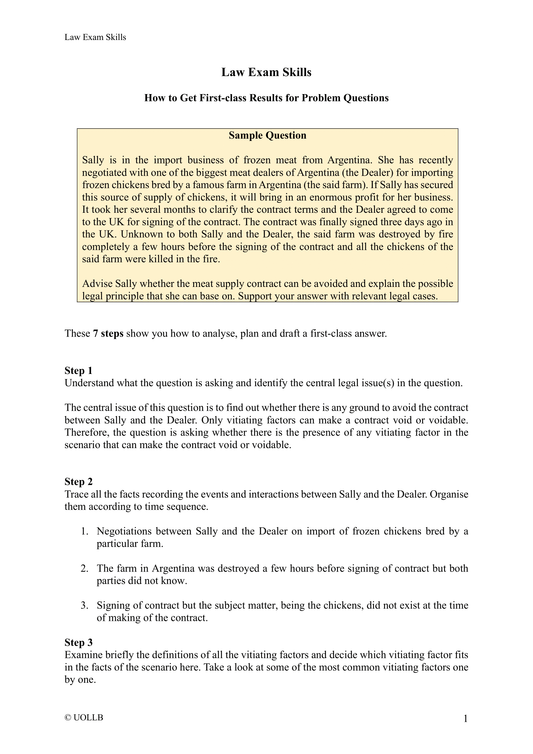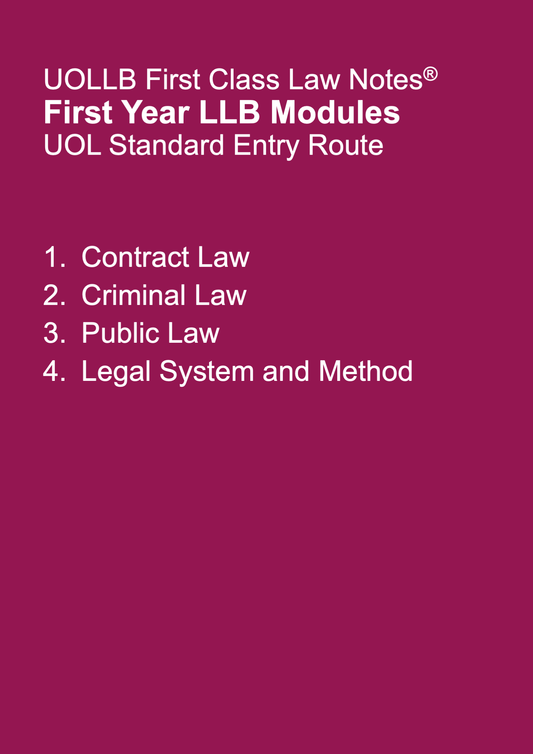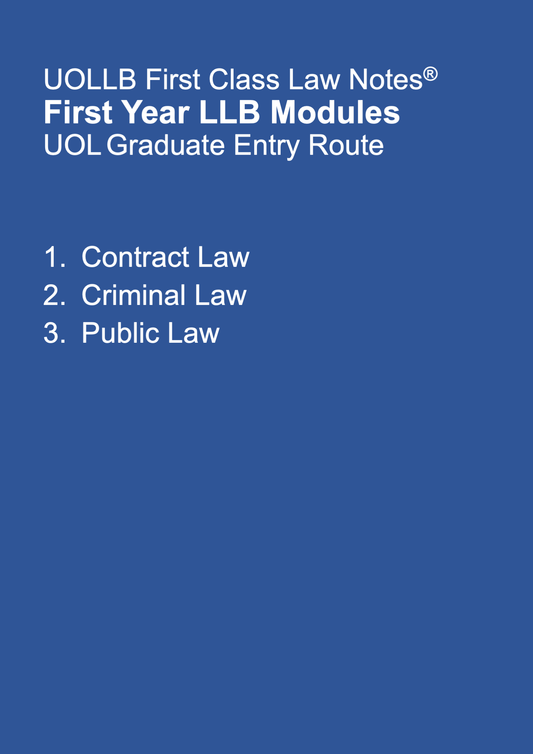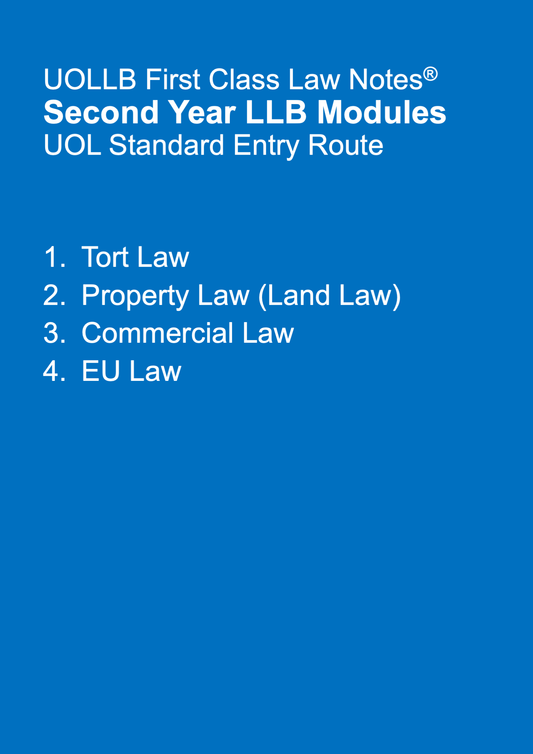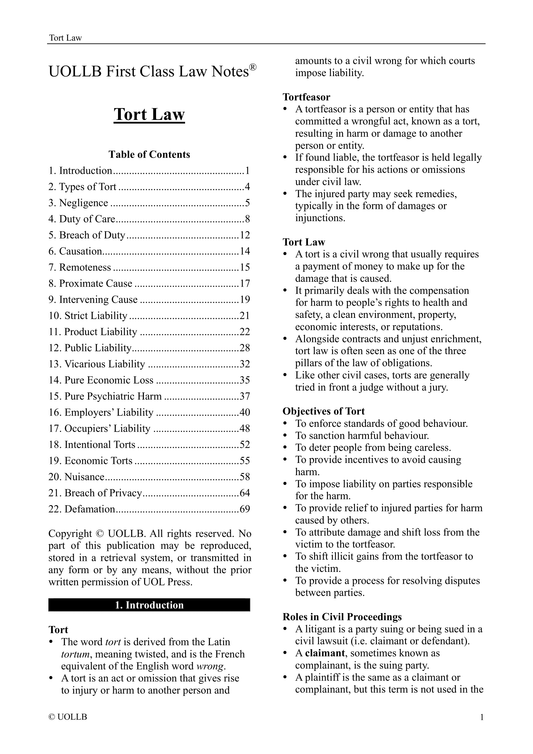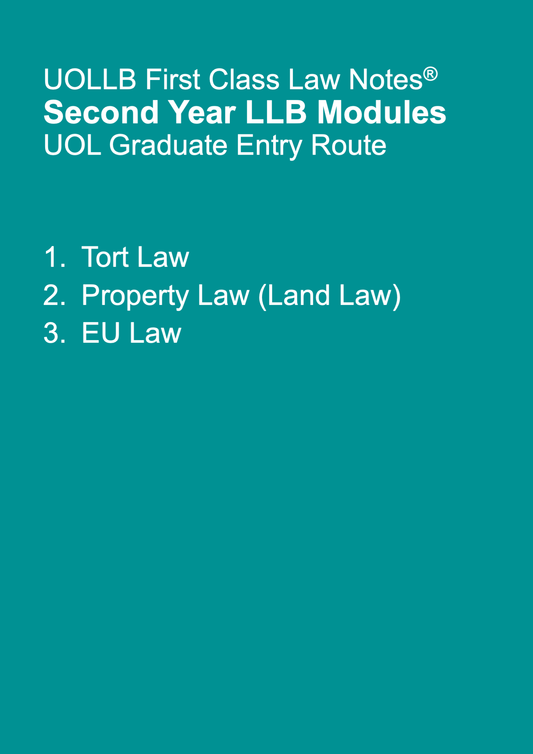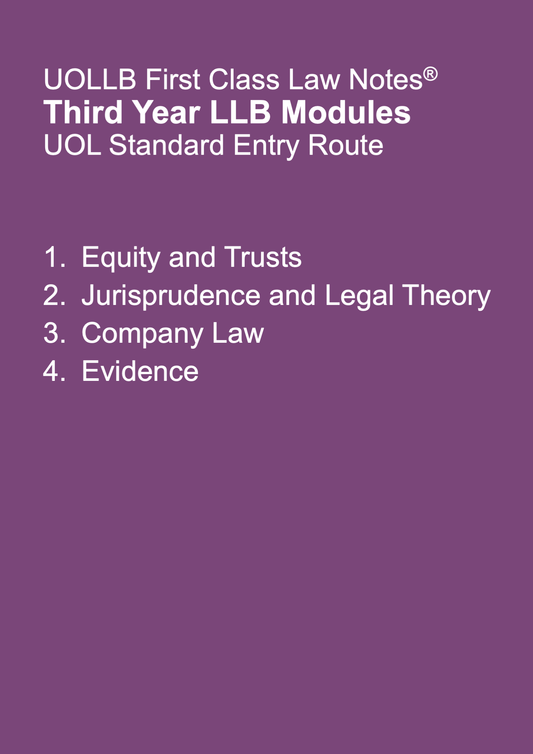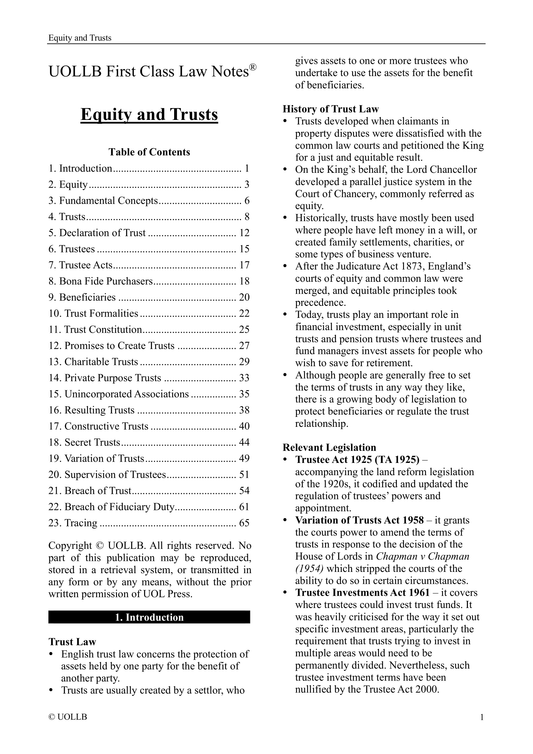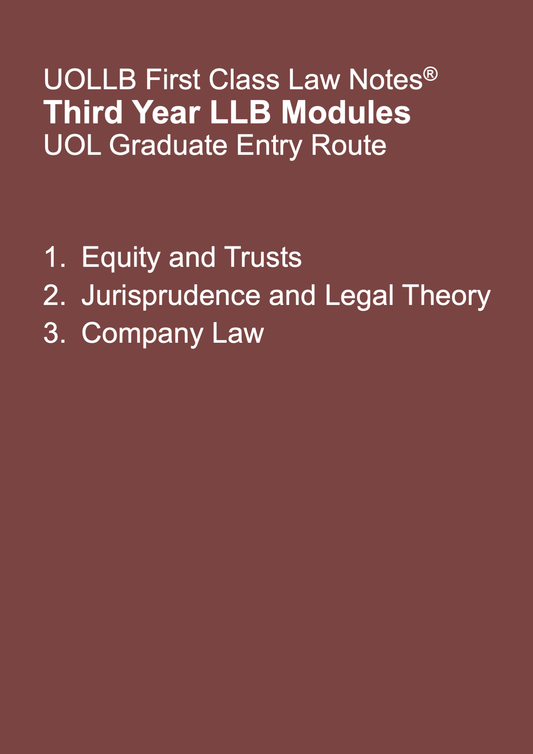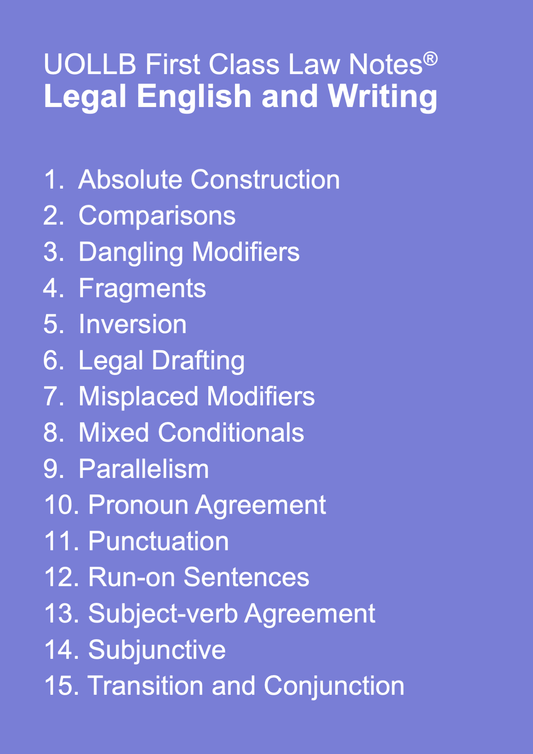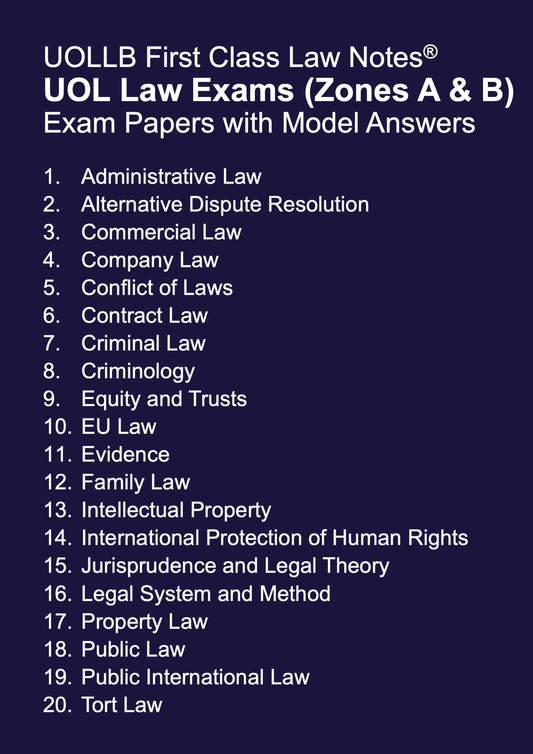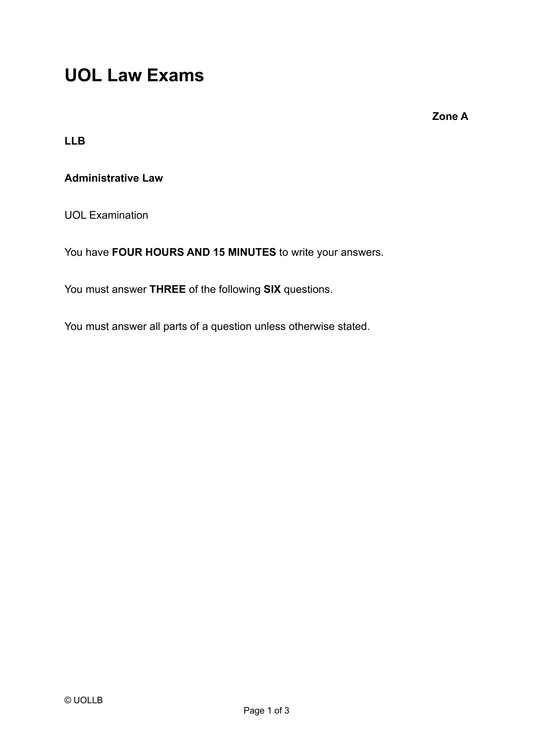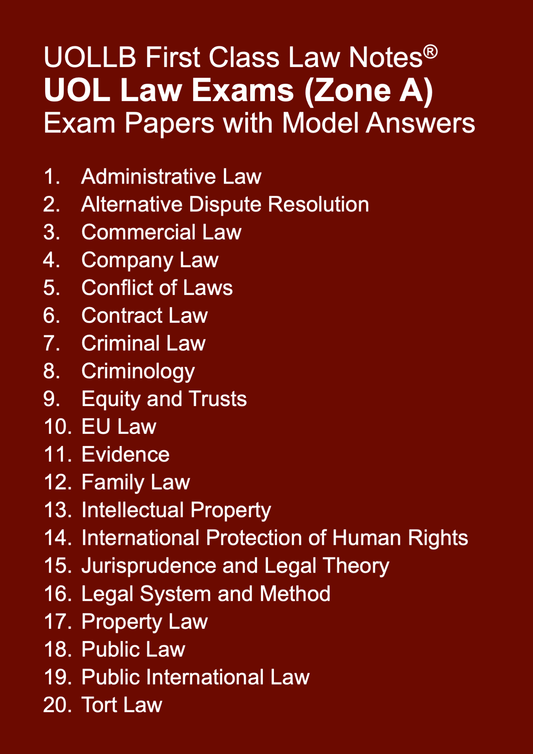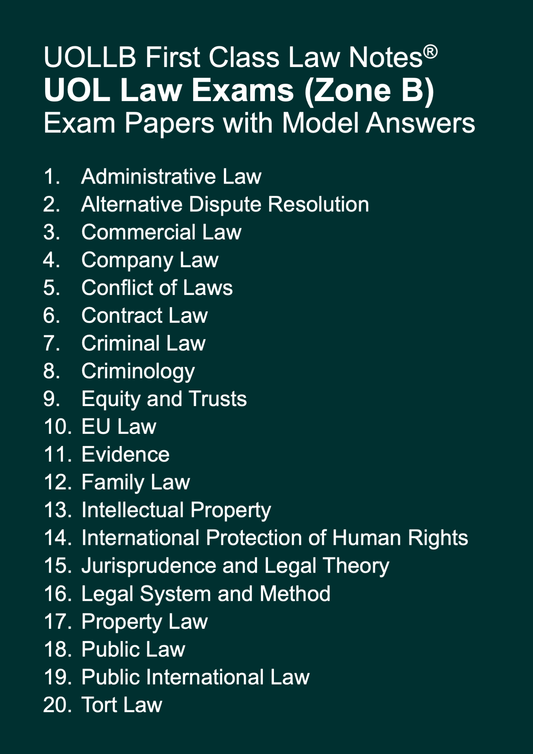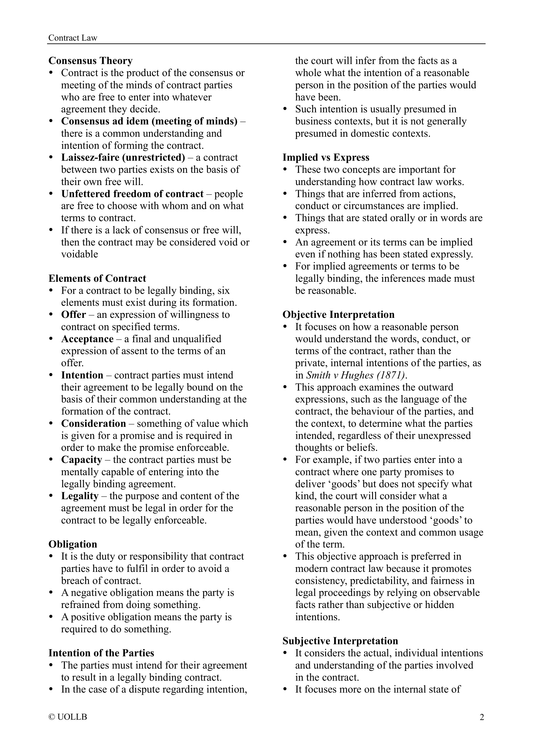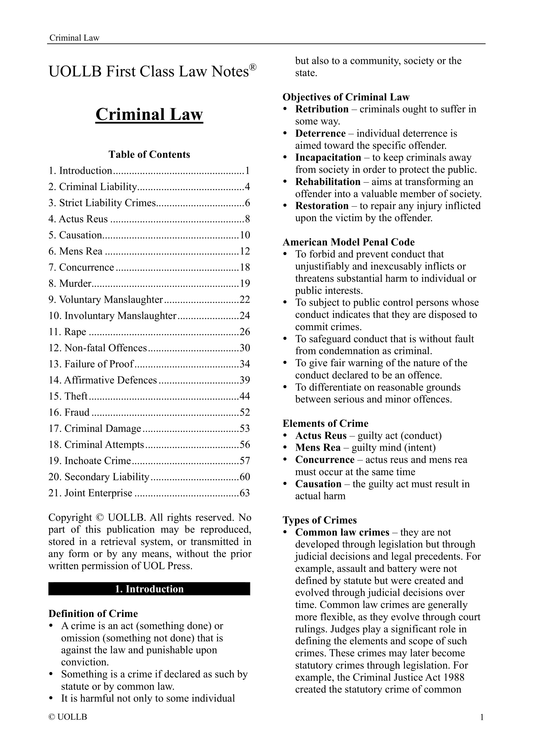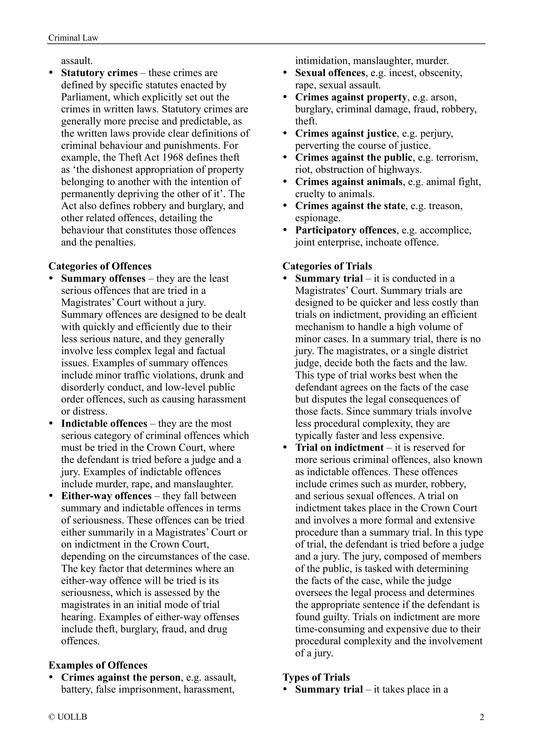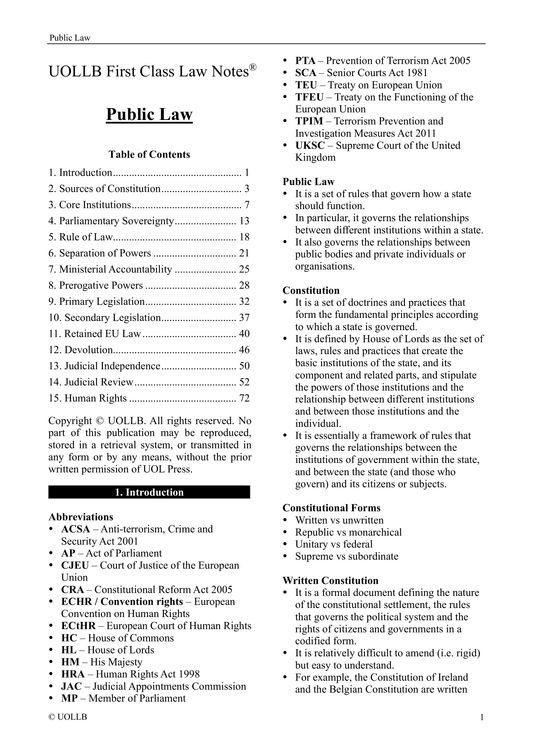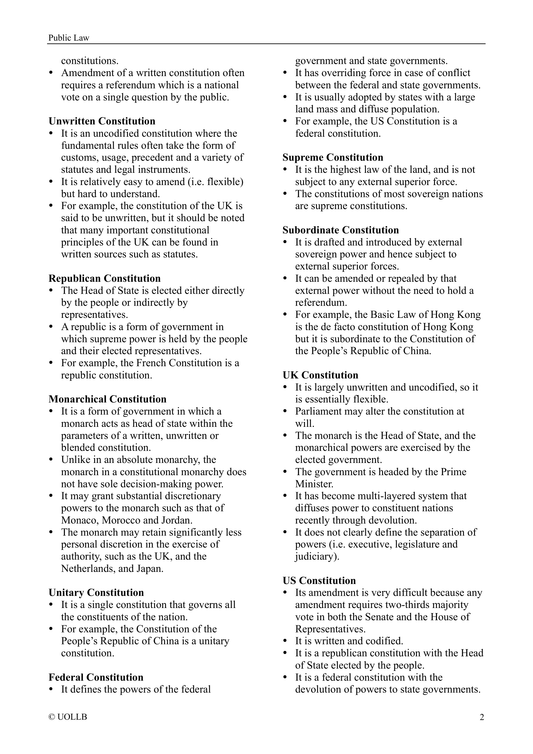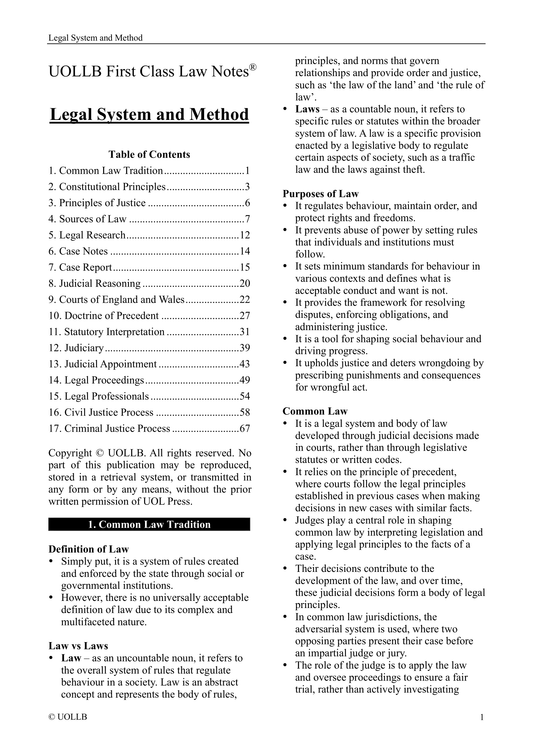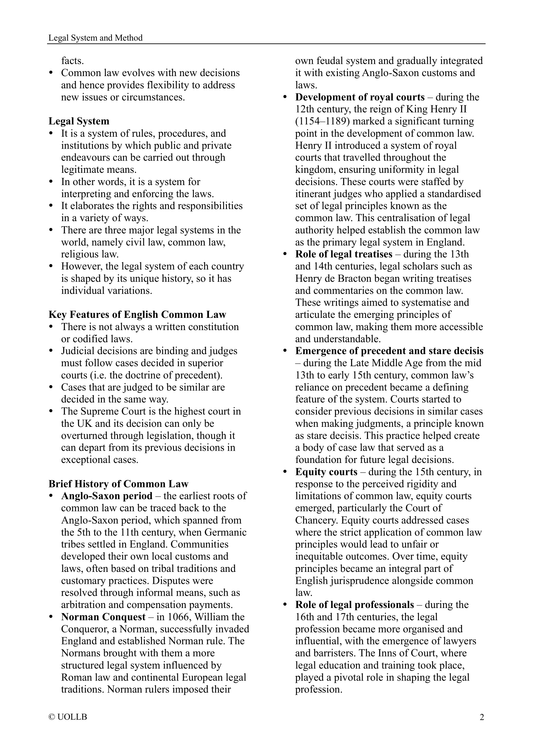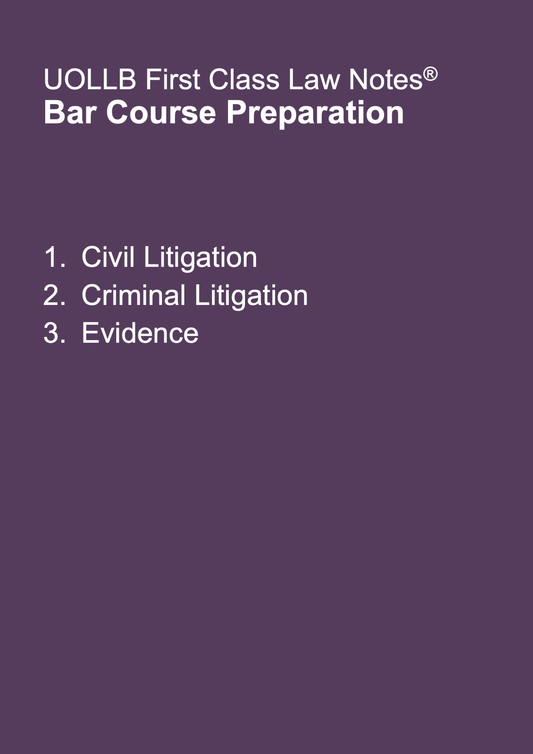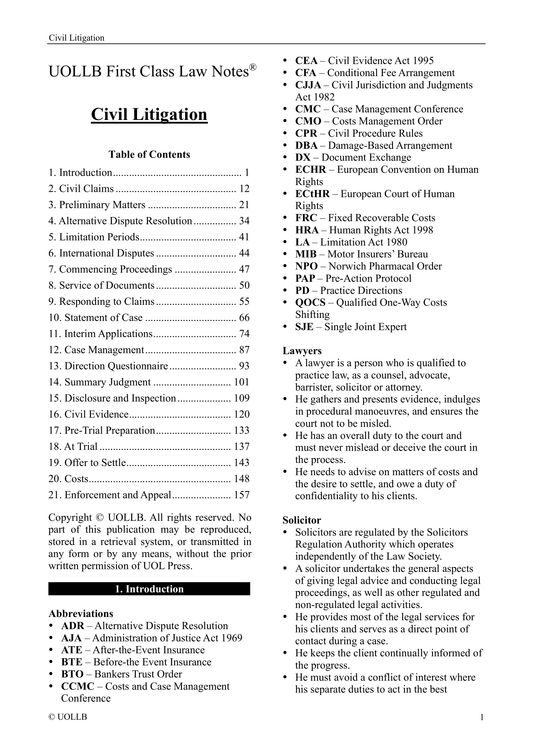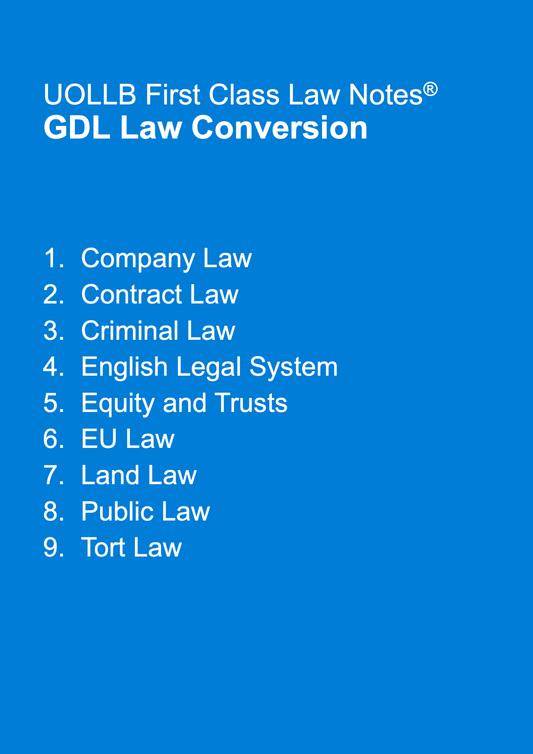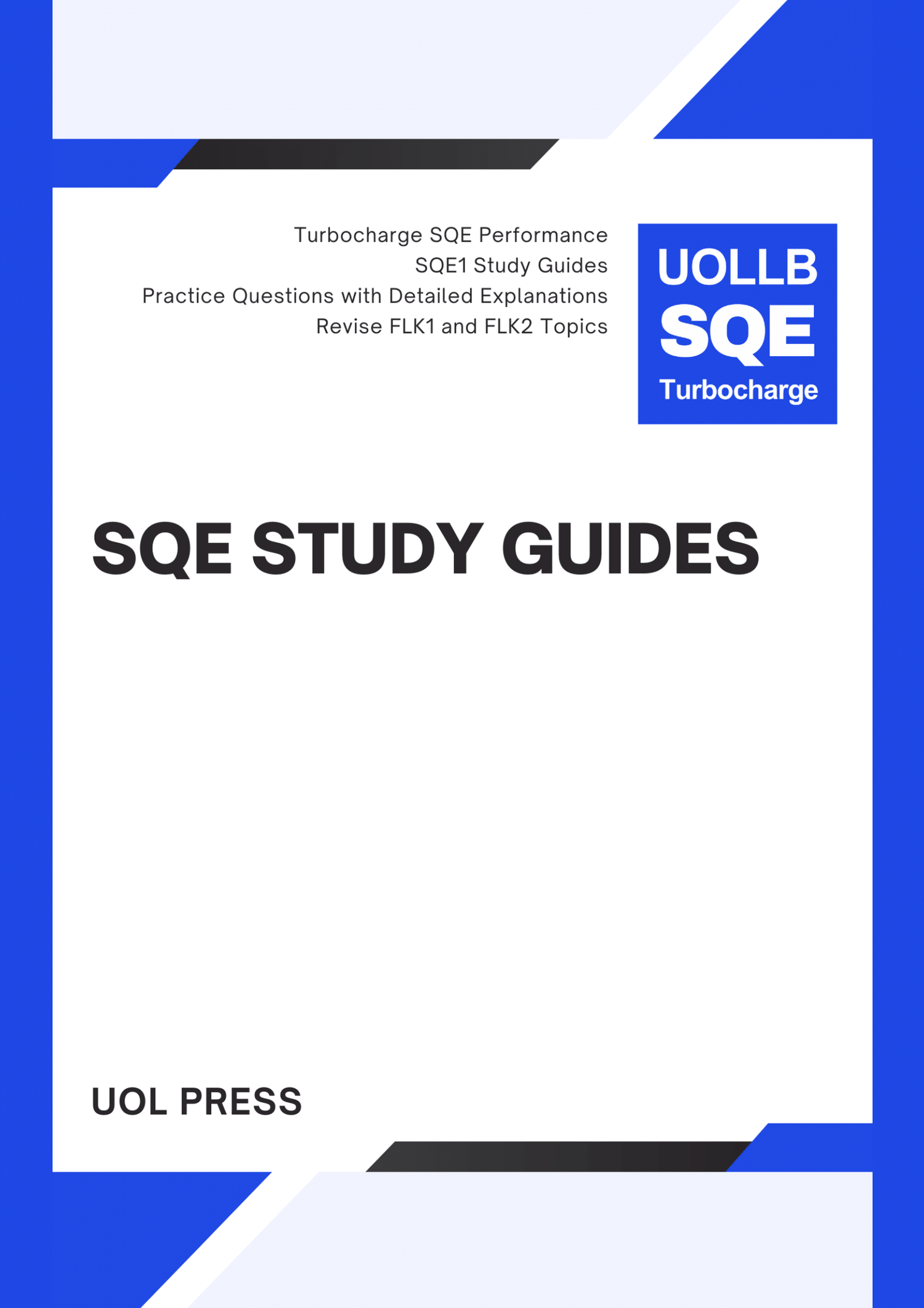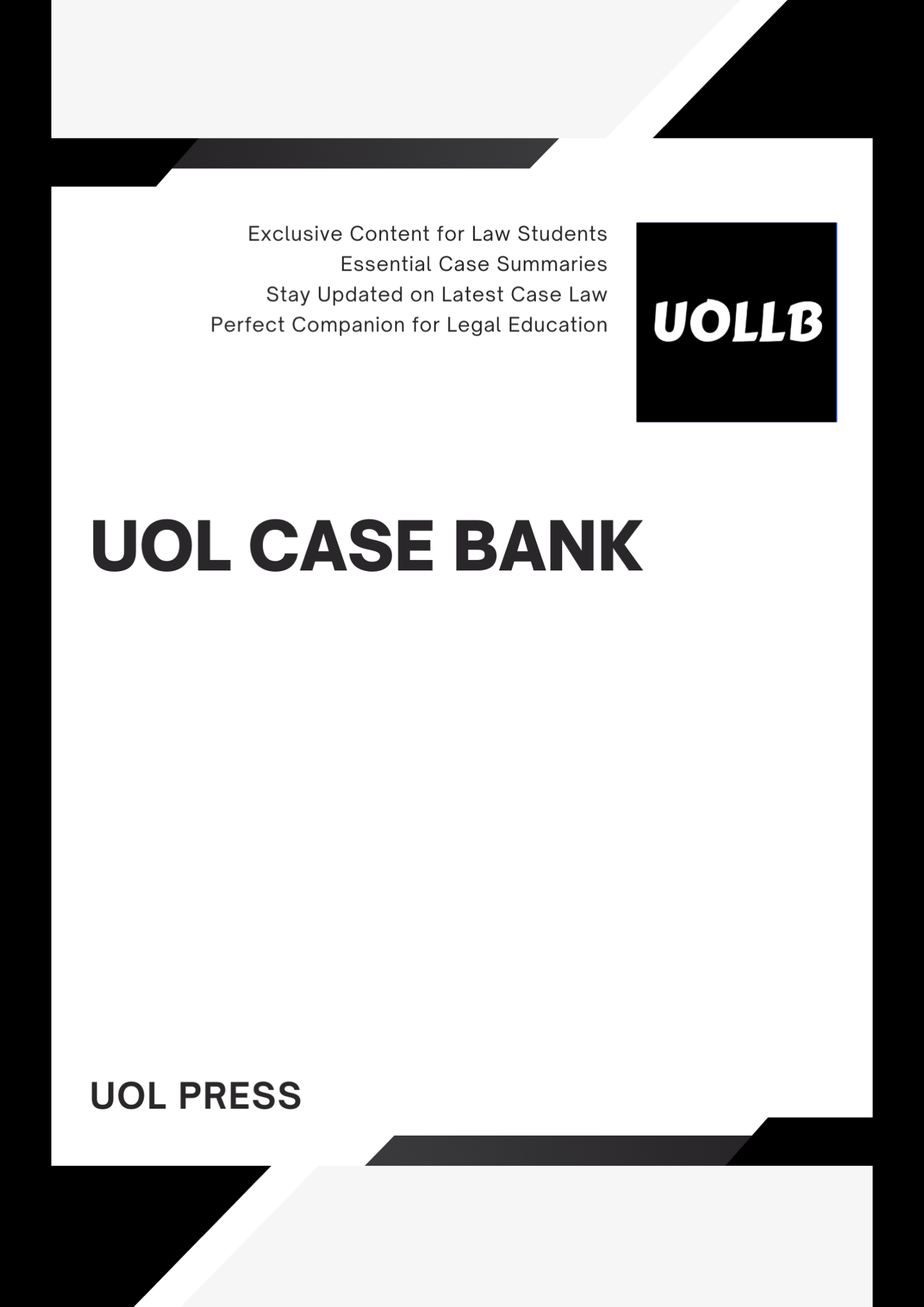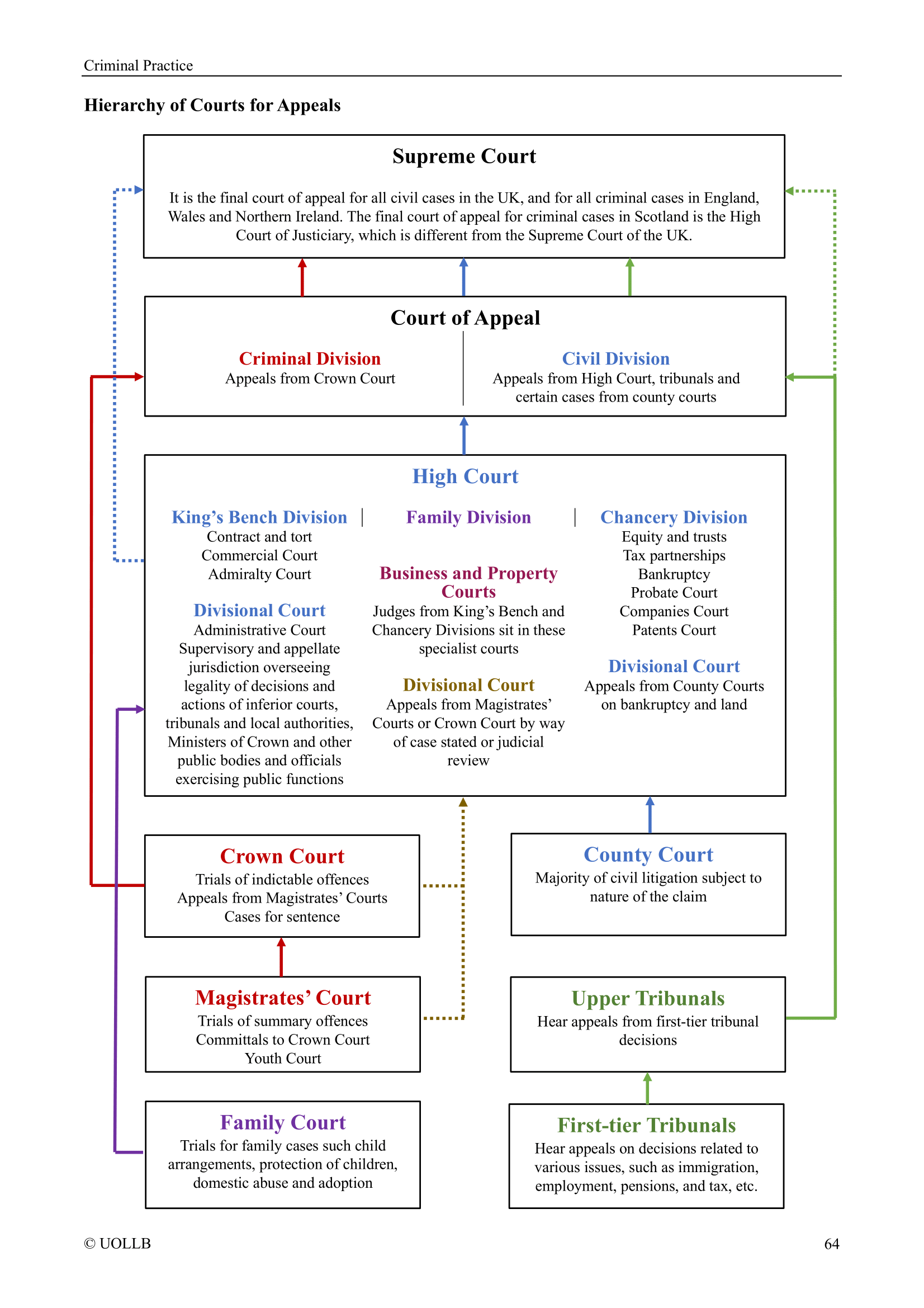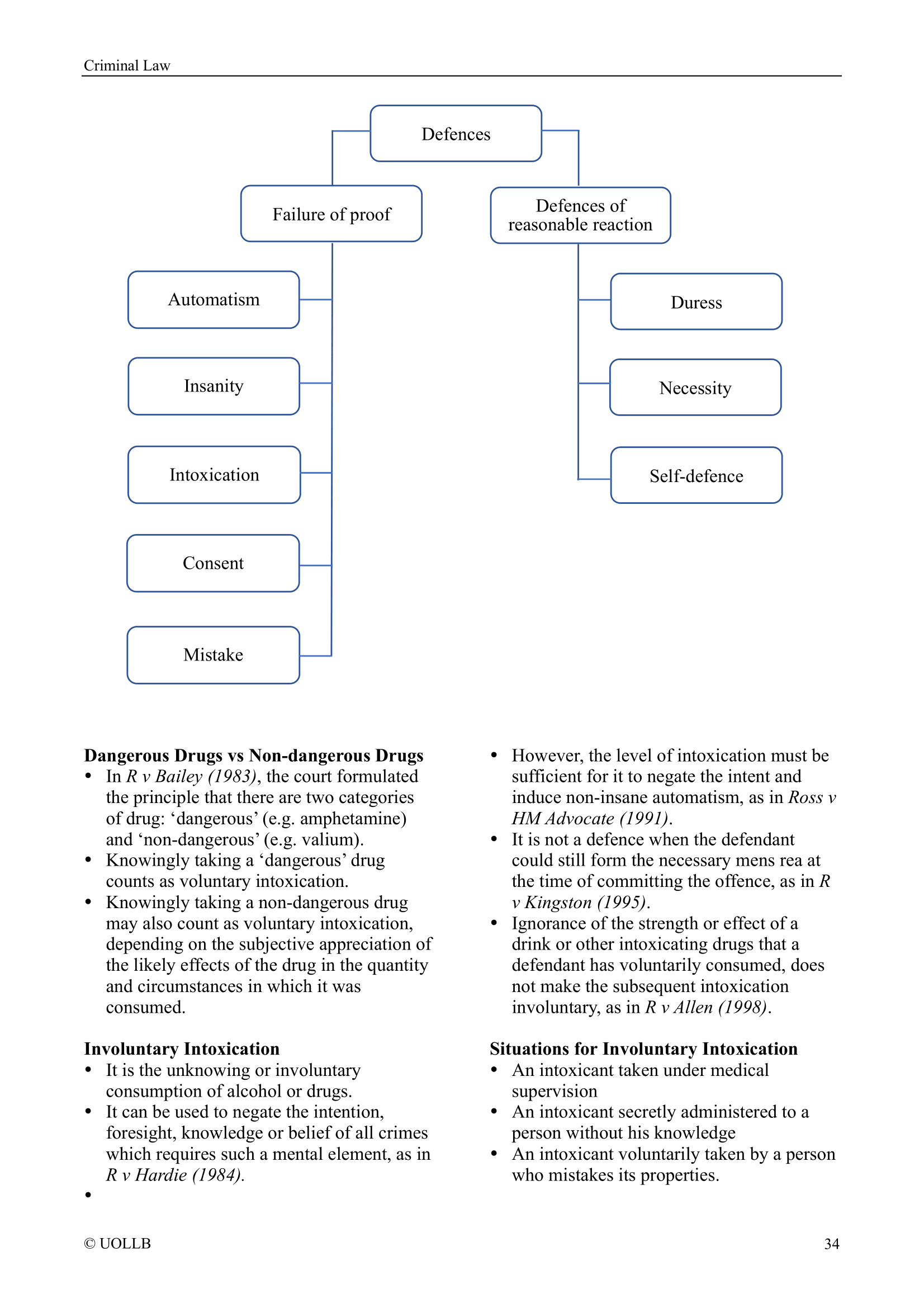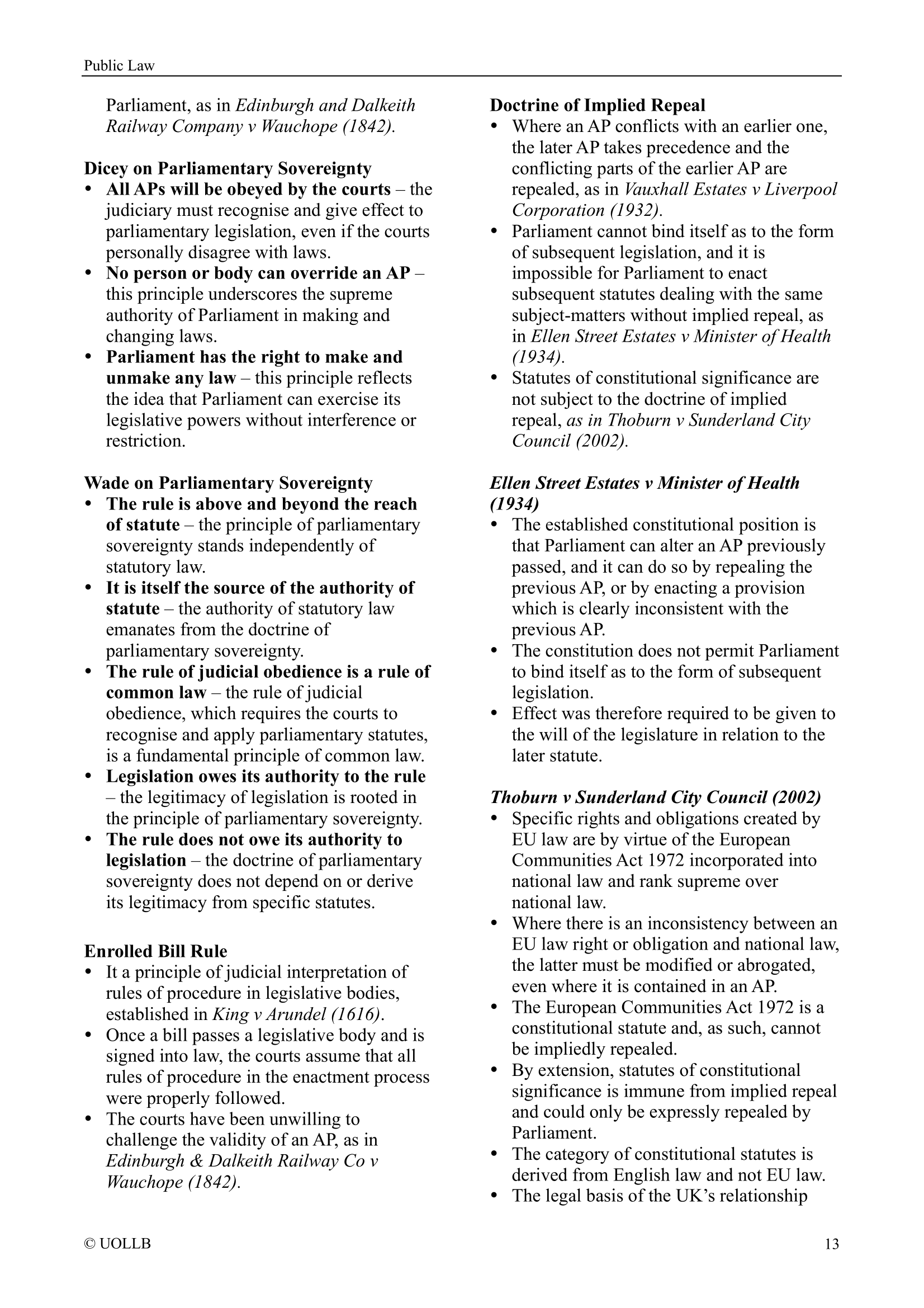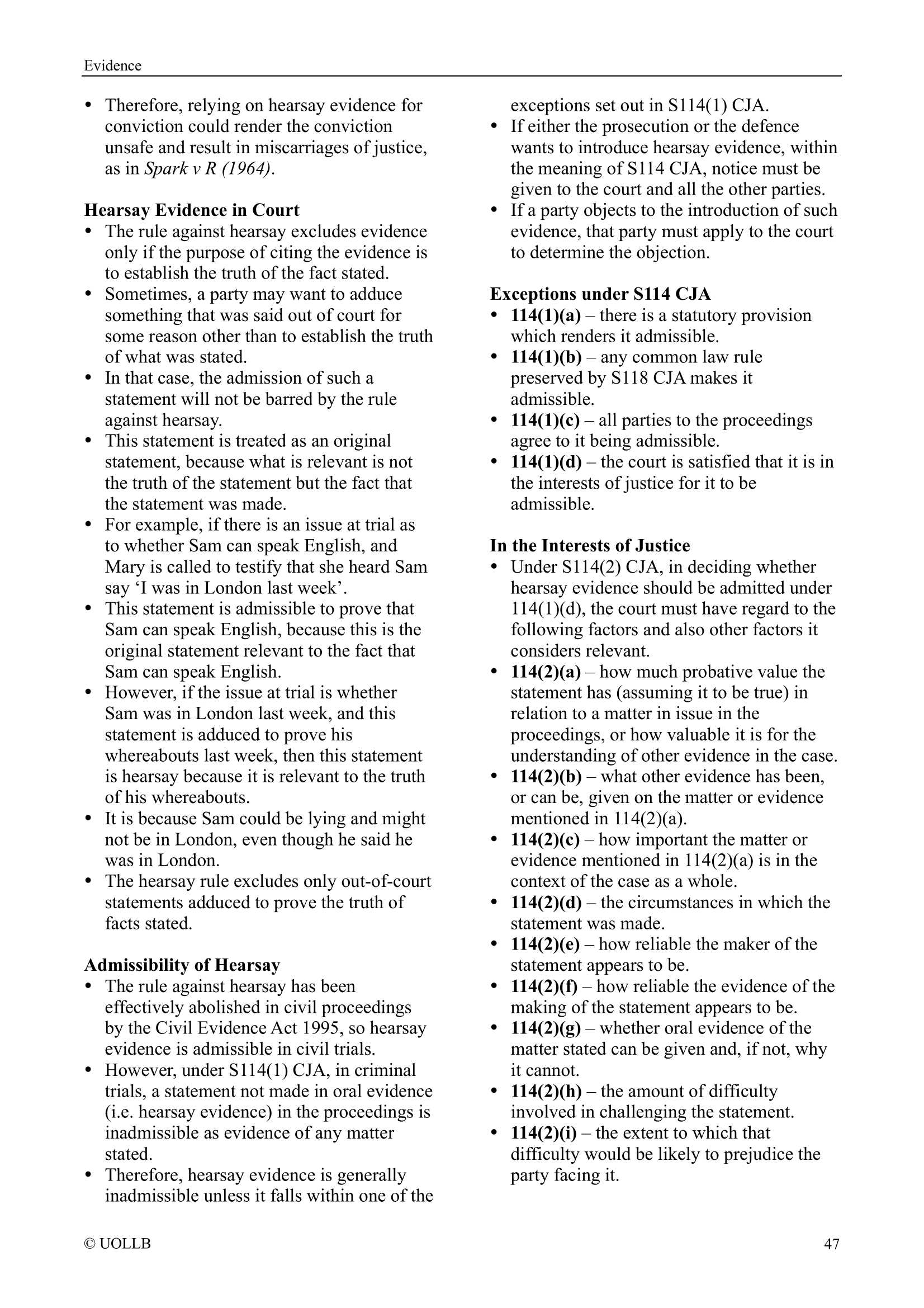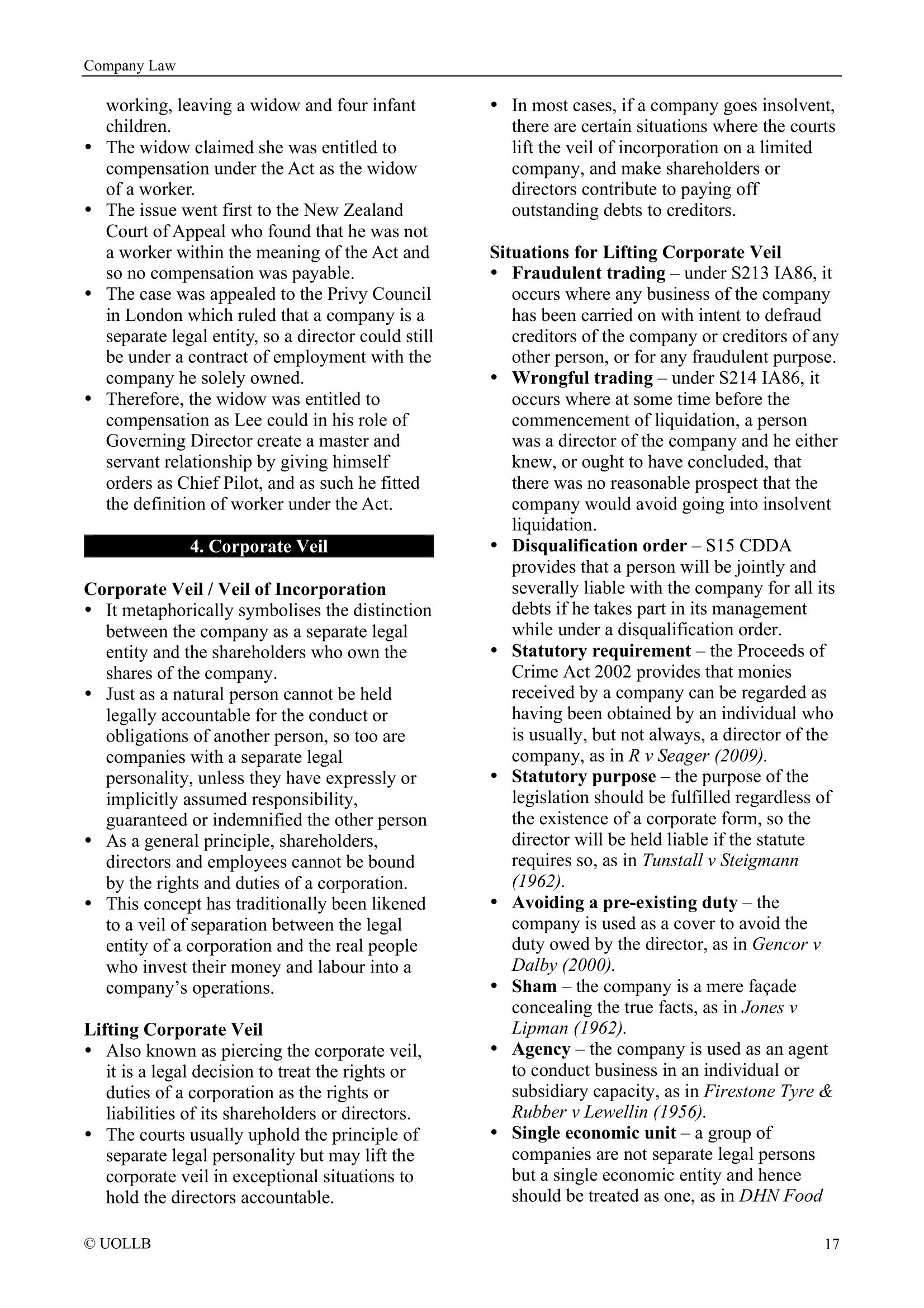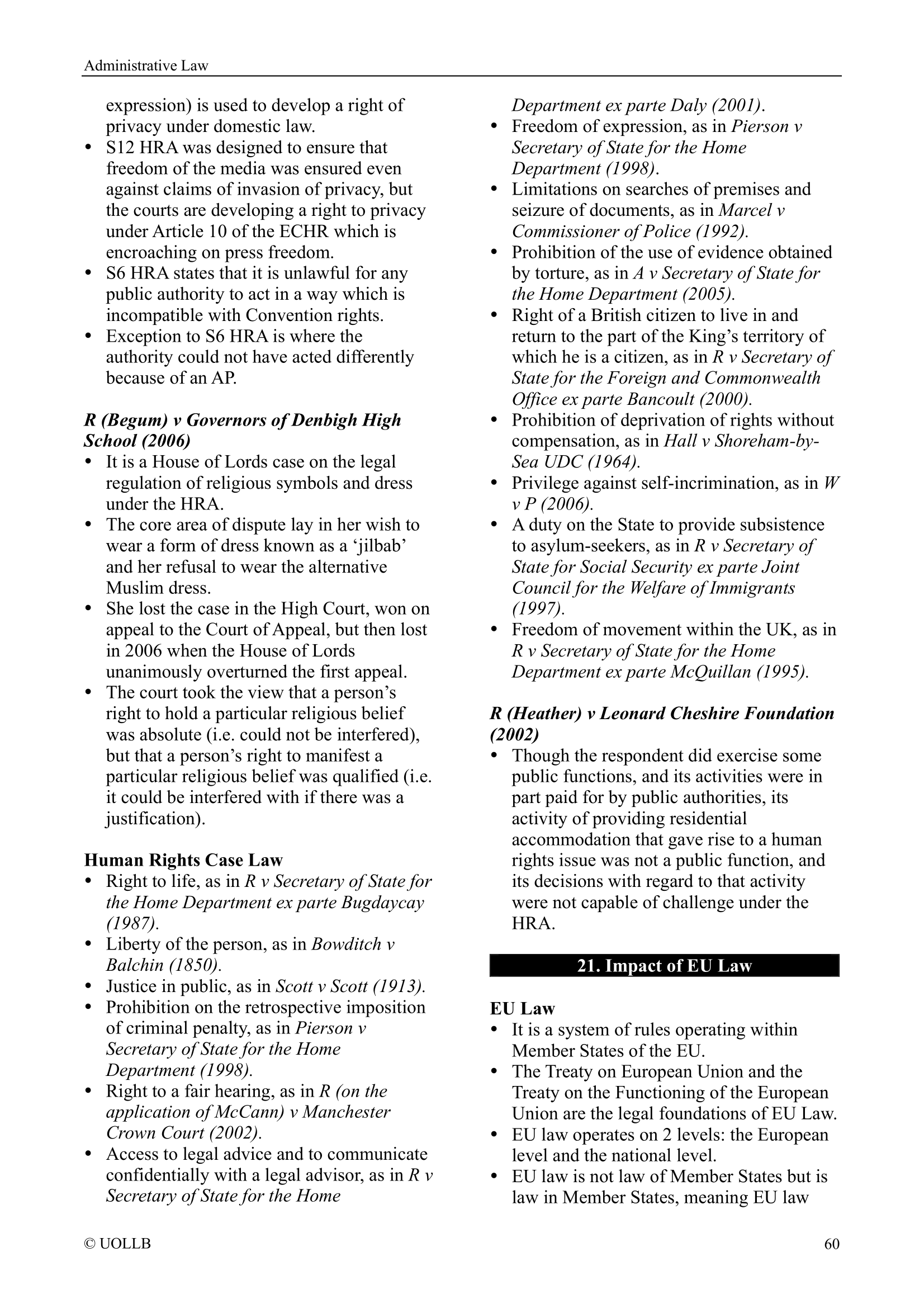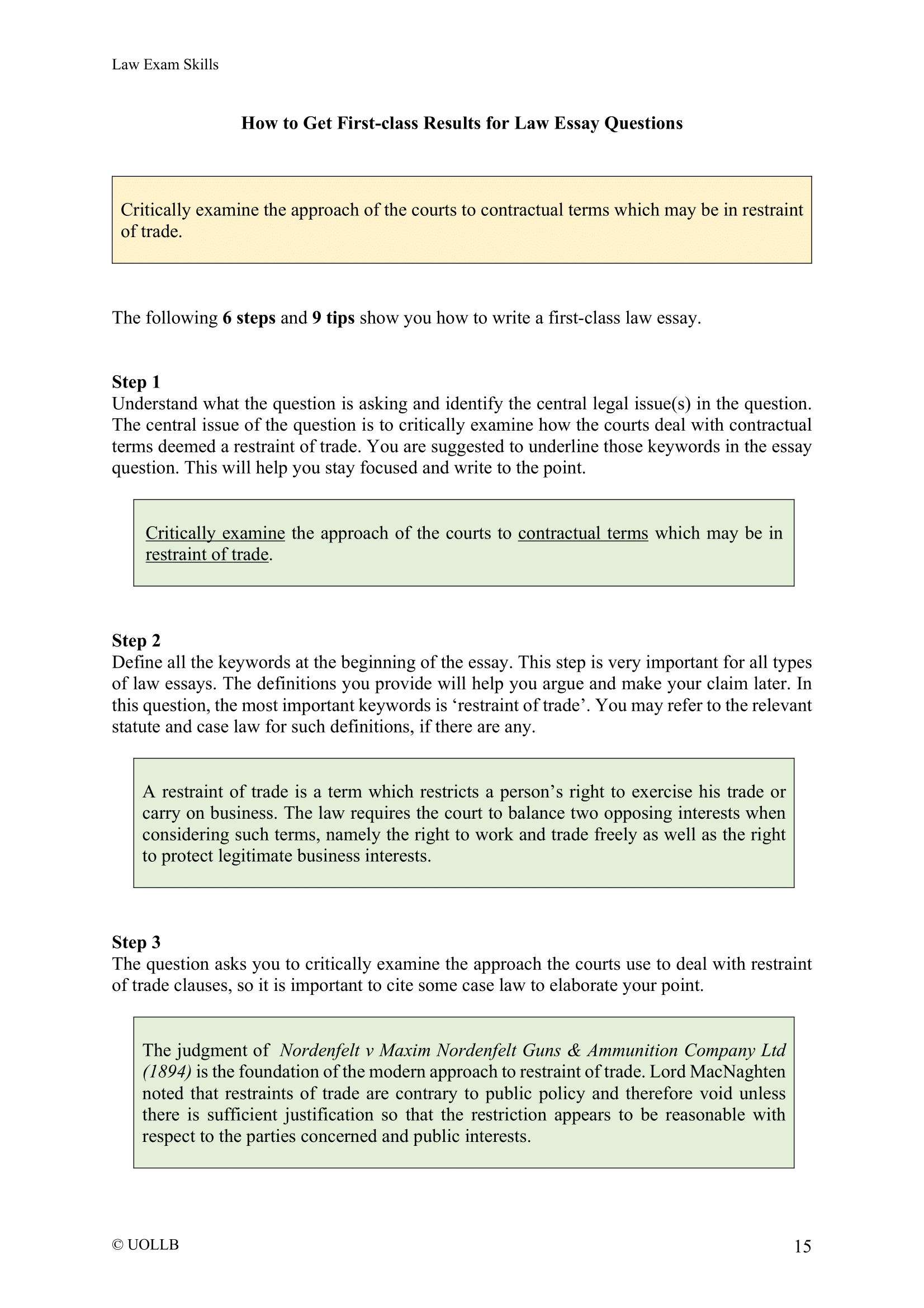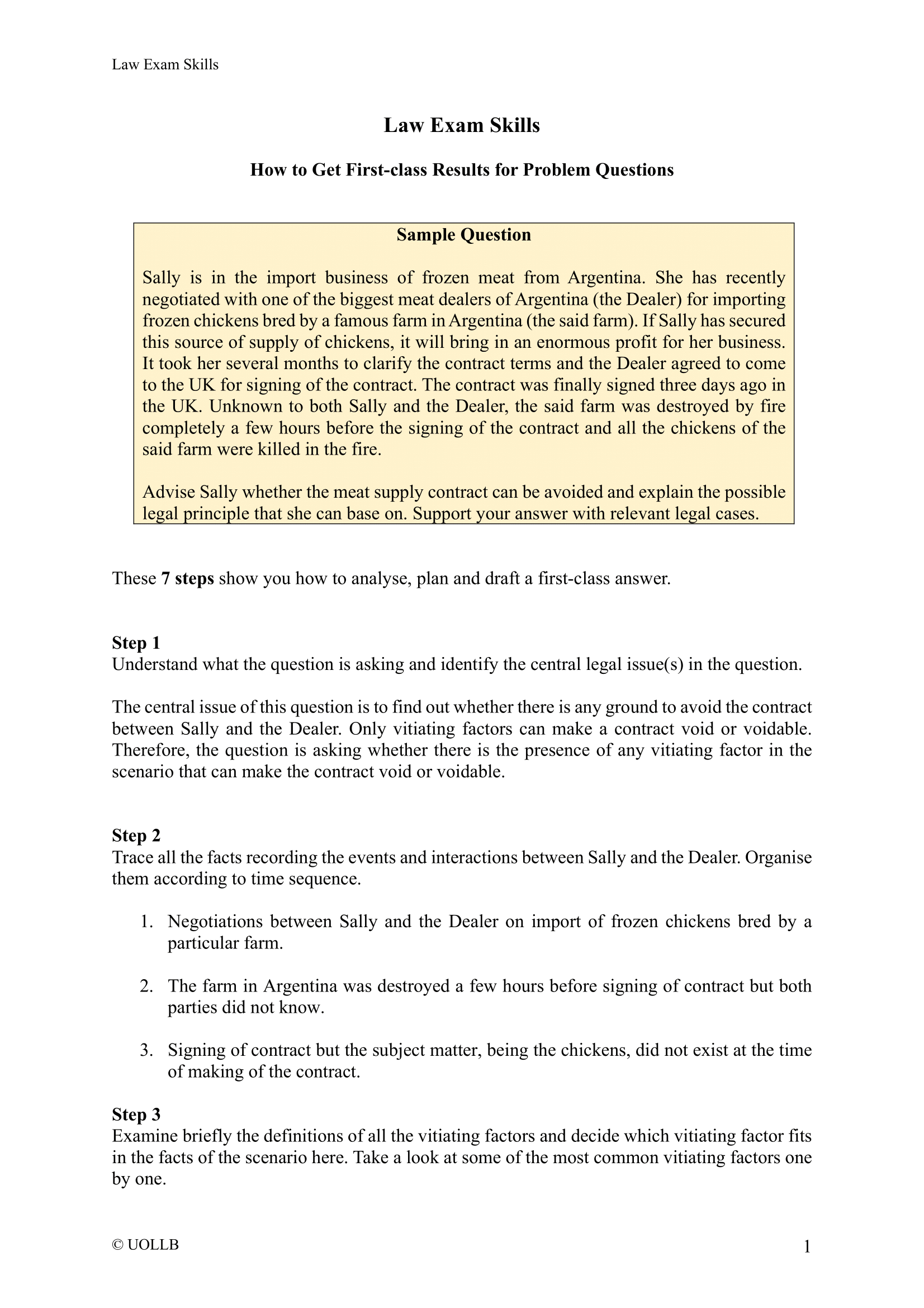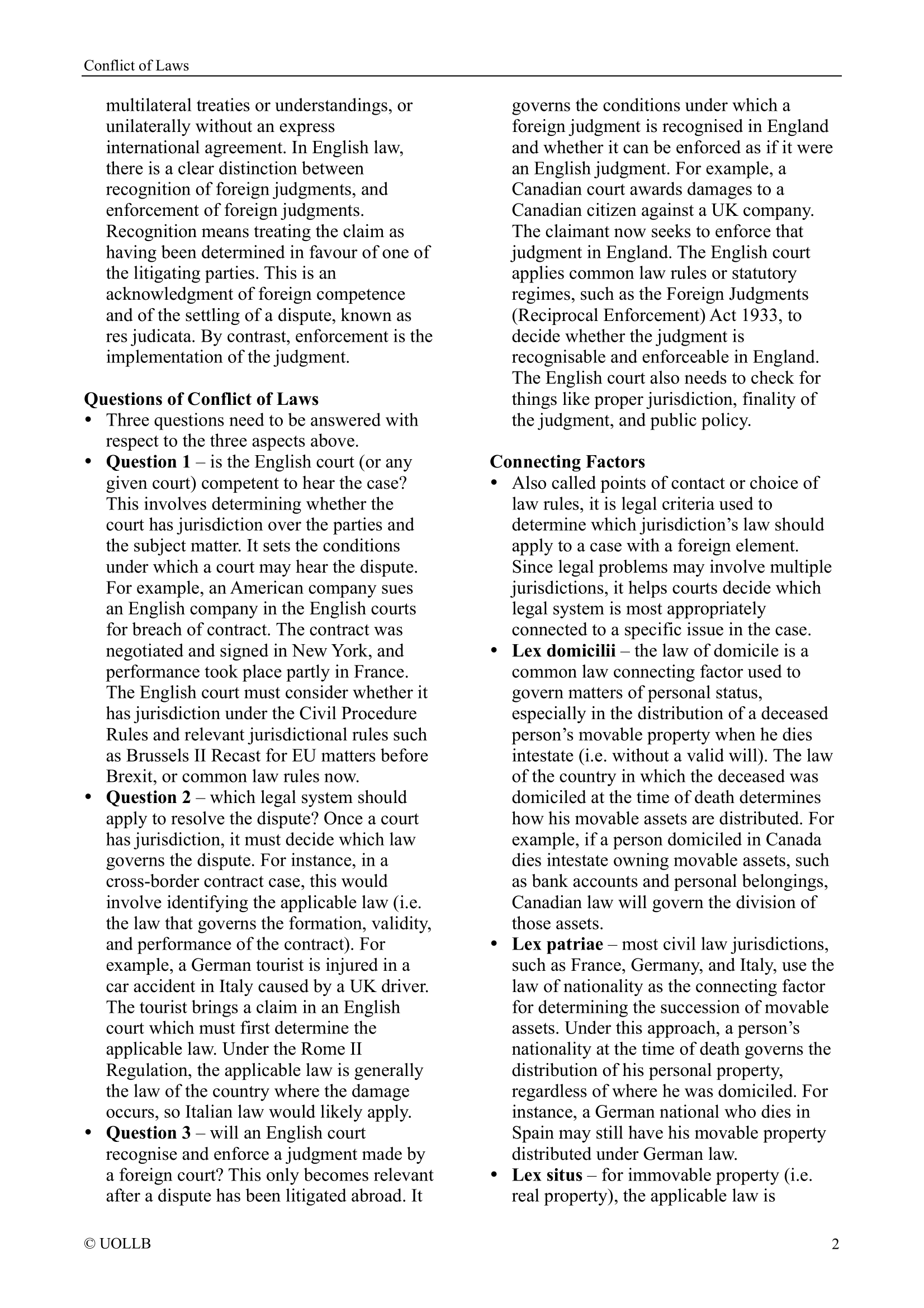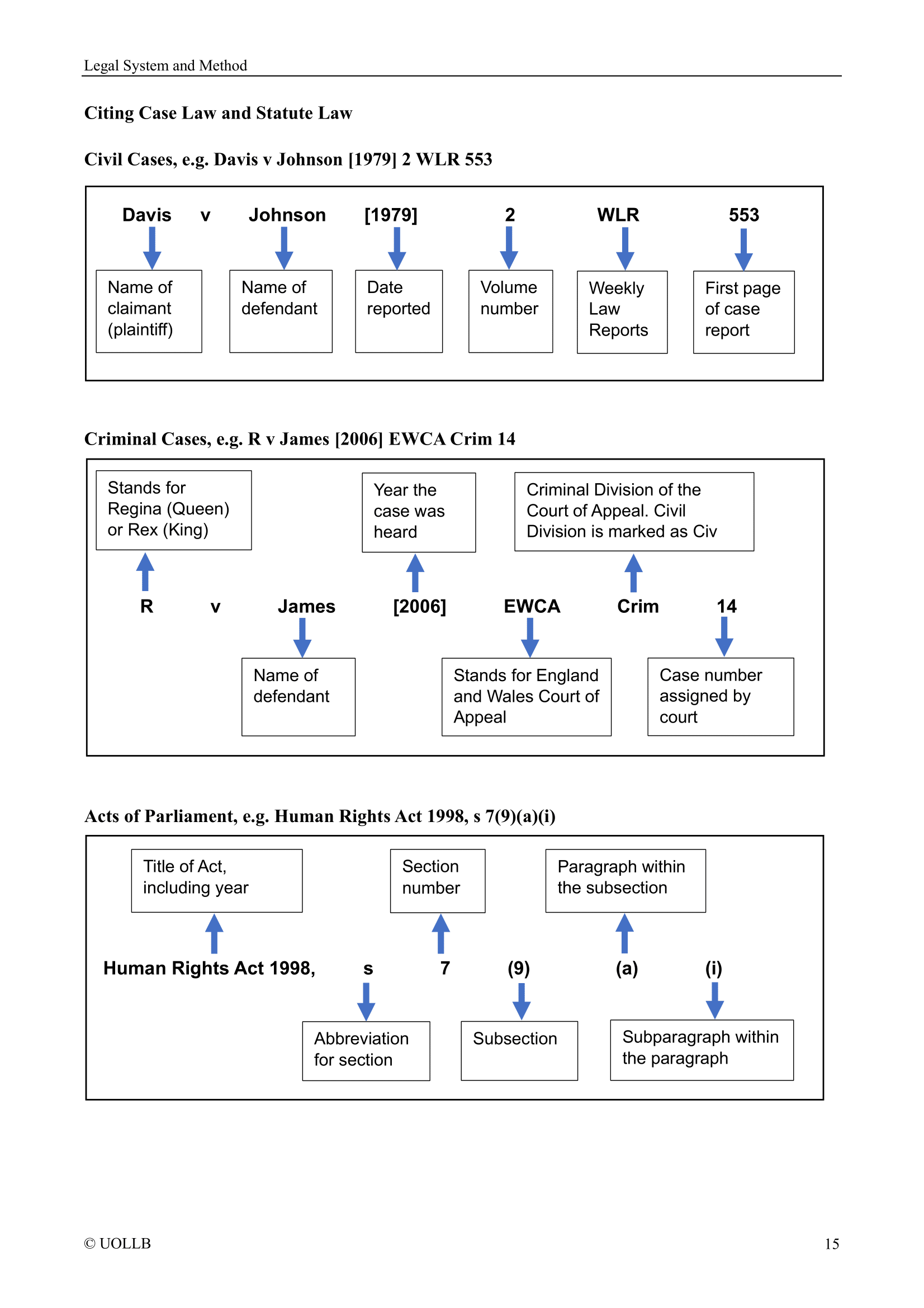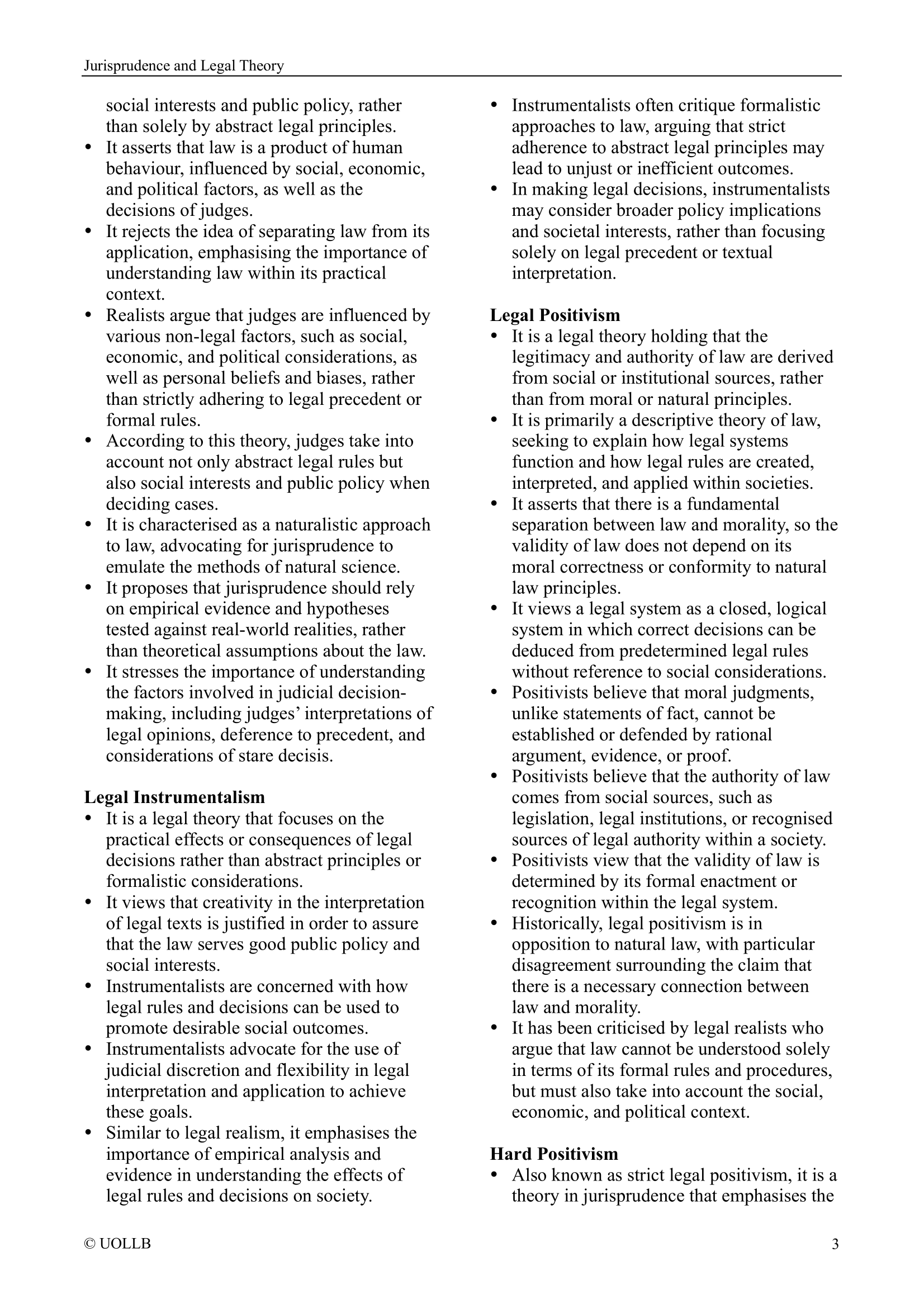Robbery under Theft Act 1968
Share
Robbery is a criminal offence that involves the act of taking someone else's property or belongings by force or threat of force. It is considered a more serious offence than theft alone because it involves a direct confrontation or intimidation of the victim. Section 8 of the Theft Act 1968 set out the legal framework of this offence, including its definition and sentencing, in England and Wales.
Section 8(1): Robbery
A person is guilty of robbery if he steals, and immediately before or at the time of doing so, and in order to do so, he uses force on any person or puts or seeks to put any person in fear of being then and there subjected to force.
Section 8(2): Penalty
A person guilty of robbery, or of an assault with intent to rob, shall on conviction on indictment be liable to imprisonment for life.
The key points and interpretation of robbery under Section 8 of the Theft Act 1968 are as follows:
Stealing: The act of unlawfully taking someone else's property, belongings, or money without his consent is an essential component of robbery. It can involve physical items, such as a purse or wallet, or intangible possessions, such as money or valuable documents. This element is the same as in the offence of theft.
Intent: The individual committing the robbery must have the intention to permanently deprive the victim of their property. This distinguishes robbery from other offences, such as temporary taking or borrowing.
Use or threat of force: Robbery involves the use or threat of force against the victim. This force can be physical violence, such as assault or battery, or the threat of violence that instills fear in the victim. The purpose of force or threat is to overpower or intimidate the victim into giving up his property or causing him to fear immediate harm.
Immediate force or fear: The use or threat of force must be present immediately before or at the time of the theft. It is not sufficient if force or fear is used or threatened before or after the theft takes place. Once the theft is complete, subsequent force used will not fall under the definition of robbery.
Force: The concept of force is determined by the jury as a question of fact. It involves physical violence or the threat of violence directed towards the victim. The force must be used in order to facilitate the act of stealing.
Assault with intent to rob: In cases where there is an assault with the intention to rob, prosecutors may consider charging the offence of assault with intent to rob. This charge can be an alternative to proving attempt and allows for the possibility of a verdict of assault.
Sentencing: The penalties for robbery also depend on factors such as the value of the stolen property, the presence of weapons, the level of violence used, and the criminal history of the offender. Punishments can range from imprisonment to fines or a combination of both.
Robbery is a more serious offence than theft and involves the use or threat of force. It carries a maximum penalty of life imprisonment. The actual sentence imposed will depend on the circumstances of the case and the severity of the offence, as determined by the court.
